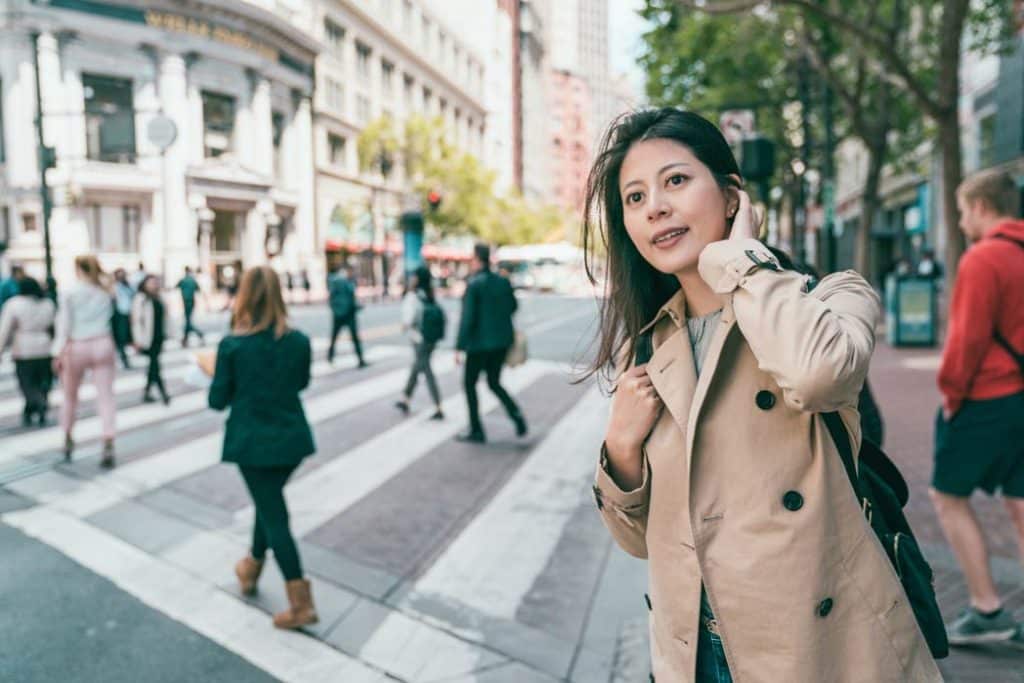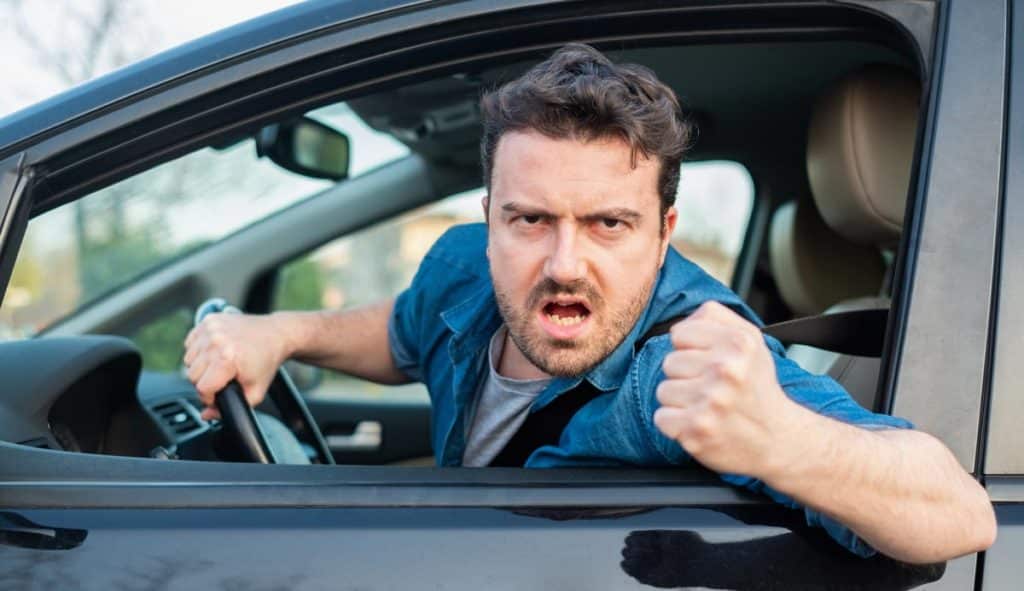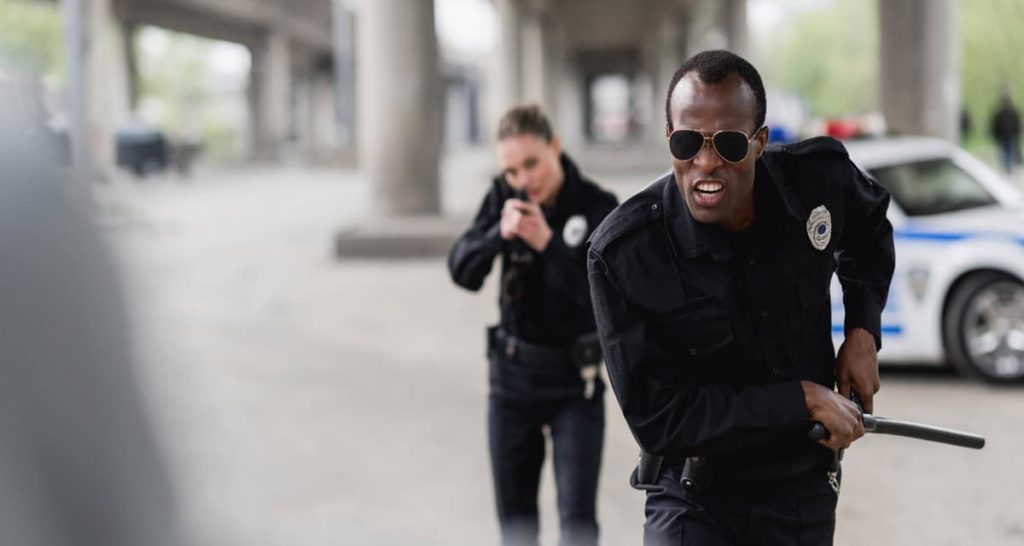S.B. 288 Aims to Make Roads and Sidewalks Safer for All
There has never been a time where outdoor recreation was more important to California residents. The COVID-19 crisis has left many housebound, with one exception: outdoor exercise. The result is that more people than ever are exploring California’s trails, sidewalks, and roads as a form of recreation.
These people are discovering something that long-time pedestrians and cyclists have known for a while. California’s entire travel infrastructure system is in dire need of a safety update. Based on the American Society of Civil Engineers’ (ASCE) most recent report, California’s road and transit systems rank as mediocre at best and poor at worst. Senate Bill 288 is designed to help fix that.
California Pedestrian Safety Concerns
Fatal bike accidents have been on the upswing in California for a decade, and recently hit a 25 year peak. Pedestrian accidents have seen similar increases in recent years. California’s infrastructure problem plays no small part in this increase in injuries.
Recent National Highway Traffic Safety Administration studies have shown that, from 2008 to 2017, people walked around about the same amount. However, over that time, pedestrian accident deaths increased by 35.4% in California. The roads are becoming more dangerous, not less.
This correlates to an increase in miles driven during that time. Nationwide, people drove 8% more miles in 2017 than they did in 2008. The Bay Area in particular saw traffic skyrocket, with a shocking 84% increase in congestion since 2005. The result is more cars on the road, more often, and for longer. That spells trouble for people competing with these motor vehicles.
Another road safety hazard that popped up in since 2008 is the ridesharing market. Uber and Lyft, which were founded in 2009 and 2012 respectively, have added a significant amount of traffic to the road. These drivers may not be familiar with the areas in which they drive. They also use their smartphones as a mandatory part of their job, leading to safety risks.
The sheer amount of traffic on California roads, especially in high-pedestrian areas, can be traced to Uber and Lyft. These drivers need to hang around where their customers are. That puts rideshare drivers in more dangerous areas for longer. Unfortunately, that leads to accidents – potentially more than the rideshare giants of industry are reporting.
The rising accident rate may also relate to a trend since 2008 towards larger SUVs. Since the 2008 recession, people have been purchasing larger vehicles at a steadily increasing rate. Lower gas prices make these larger vehicles less prohibitively expensive. The result is a population of vehicles on the road that are much more likely to seriously injure or kill pedestrians in a crash.
Recent research shows that SUVs are nearly a third more likely to lead to a pedestrian fatality than sedans at city-road speeds. Even if the SUV driver is paying just as much attention to the road, SUVs are harder to stop, higher off the ground, and heavier. When pedestrians are forced to be in close proximity to an ever-growing SUV population, there are going to be more serious accidents.
How S.B. 288 Will Keep Pedestrians Safer
The safety situation for California pedestrians and cyclists is dire, to say the least. A solution needs to be overarching – a single safety measure will not be enough. S.B. 288 is designed to be part of a holistic solution, fixing underlying problems as opposed to surface-level patches.
To truly improve the transit and to these problems, S.B. 288 proposes a streamlined approval process for new trails, sidewalks, and other transit projects. California’s current public works approval process is an in-depth, painstaking examination of all potential environmental impacts that may result. This leads to most projects taking years to reach approval, if they are approved at all.
This has led to California’s roads and transit infrastructure lagging behind its potential. Part of California and the Bay Area’s traffic congestion problem comes from the difficulty of approving new road updates. The state that spawned the Tesla spent years fighting for approval for electric car charging stations. S.B. 288 is designed to change this.
The primary goal of the bill is to fast-track road changes and updates that make streets more pedestrian-friendly. Plans to build better sidewalks, wider bike lanes, and other safety measures will be able to skip through the most rigorous of the environmental testing. This will directly reduce chances of an accident, as well as improve every pedestrian’s likelihood of surviving accidents that do occur.
The bill includes multiple exemptions, outside of new, safer streets for cyclists and pedestrians, like:
- New and updated transit stations
- Bus rapid transit lines
- More efficient bus services
- Bridge repairs
- Zero-emission vehicle charging infrastructure
These updates will help pedestrians as well. Updated transit and busses will encourage some car commuters to switch over to public transport. Bridge repairs will help pedestrians and cyclists safely share bridges with motor vehicles.
Finally, better electric vehicle charging stations will encourage a switch from SUVs, leading accidents to be less fatal when they do occur.
All of these results will take traffic off the road or give pedestrians more space. That’s key to keeping them safe from motor vehicle accidents.
S.B. 288 A Good Start But Pedestrian Injuries Are Still Common in San Francisco
There’s no doubt that the current road conditions put pedestrians and cyclists at a serious disadvantage. California roads prioritize motor vehicles and their drivers. Other road users were, unfortunately, an afterthought during the original road design. The slow process of modernizing California’s roads has maintained this status quo, and kept pedestrians in danger.
S.B. 288 is the first step to protecting California’s pedestrian population. By removing obstacles to renovating the transit system, it gives cities and counties the ability to fix their most dangerous locations. It’s impossible to ensure every driver is responsible, but the state can work to provide other safety measures instead.
Whether local governments choose to focus on reducing traffic congestion, improving public transit, or simply adding safety features, pedestrians will benefit. California has been ignoring the rise in motor vehicle accident fatalities too long. If S.B. 288 is approved, it will save lives. If you have questions about potential impacts of this new law or have been injured as a pedestrian on our streets, we’d love to hear from you.





